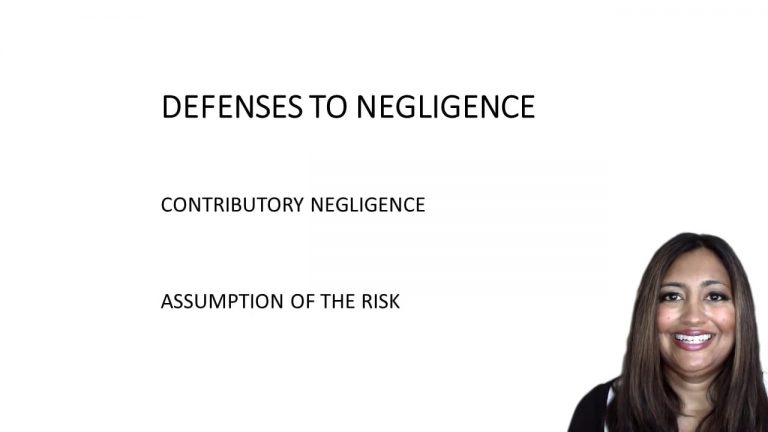SmartBrief
Confirm favorite deletion?
Torts keyed to Best
Ludman v. Davenport
Citation:
895 N.W.2d 902 (Iowa 2017).Facts
Ludman was standing in the visitor’s team dugout while his teammate was up to bat. He did not believe he would bat in the inning (with his team already having recorded 2 outs), so he began to prepare to take the field. He was standing in the visitor’s dugout, which included a five foot gap in between the fence and dugout which allowed players to enter and exit the field. Having retrieved his glove, Ludman watched as the pitcher threw to home plate. In a “split second,” the batter fouled a line drive which struck Ludman in the head. Ludman was immediately treated for a skull fracture, was hospitalized for 12 days, and needed long-term care for speech therapy and motor skills. He also endured mental health problems, including depression and anxiety after the incident.
Only StudyBuddy Pro offers the complete Case Brief Anatomy*
Access the most important case brief elements for optimal case understanding.
*Case Brief Anatomy includes: Brief Prologue, Complete Case Brief, Brief Epilogue
- The Brief Prologue provides necessary case brief introductory information and includes:
Topic:
Identifies the topic of law and where this case fits within your course outline.Parties:
Identifies the cast of characters involved in the case.Procedural Posture & History:
Shares the case history with how lower courts have ruled on the matter.Case Key Terms, Acts, Doctrines, etc.:
A case specific Legal Term Dictionary.Case Doctrines, Acts, Statutes, Amendments and Treatises:
Identifies and Defines Legal Authority used in this case.
- The Case Brief is the complete case summarized and authored in the traditional Law School I.R.A.C. format. The Pro case brief includes:
Brief Facts:
A Synopsis of the Facts of the case.Rule of Law:
Identifies the Legal Principle the Court used in deciding the case.Facts:
What are the factual circumstances that gave rise to the civil or criminal case? What is the relationship of the Parties that are involved in the case.Issue(s):
Lists the Questions of Law that are raised by the Facts of the case.Holding:
Shares the Court's answer to the legal questions raised in the issue.Concurring / Dissenting Opinions:
Includes valuable concurring or dissenting opinions and their key points.Reasoning and Analysis:
Identifies the chain of argument(s) which led the judges to rule as they did.
- The Brief Prologue closes the case brief with important forward-looking discussion and includes:
Policy:
Identifies the Policy if any that has been established by the case.Court Direction:
Shares where the Court went from here for this case.

 2m 18s
2m 18s